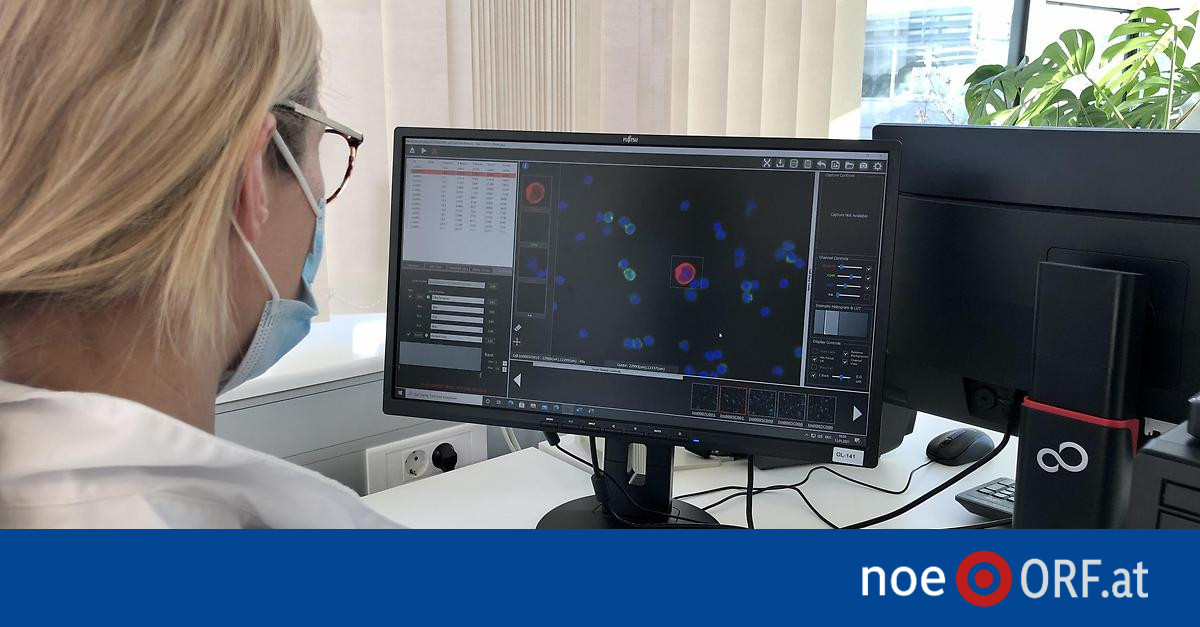In principle, it is in the right order: political decisions are taken following the documented opinions of the scientific council. The problem is that this advice is not unanimous in the scientific world and that its advice has not always been followed by the executive. This is what shows Antonio Fischetti in Charlie Hebdo recalling the forum of 35 researchers and doctors published in The Parisian last September.
The sine qua non of science is transparency, pluralism, adversarial debate, precise knowledge of data and the absence of conflicts of interest.
However, according to the signatories, the Covid-19 scientific council does not meet all of these criteria. Their members are appointed by co-option, while a collegial choice would have been more legitimate – each scientific discipline appointing a representative – considers Pierre-Henri Gouyon, professor of biology at the National Museum of Natural History and one of the signatories of the forum. . As for the decisions supposed to be inspired by scientific opinions, he recalls the “cacophony of masks”, the government deeming them useless at the beginning for the simple reason that it did not have them. Jean-Michel Claverie, professor of immunology, deplores that there is “no specialist in the coronavirus in the scientific council. They are more administrative managers than real researchers ”. He also denounces the inconsistency of certain decisions: “They say that there is no contamination in public transport when it has not been studied. In short, there is a long way from scientific truth to “day to day political communication”.
Molecular scissors
Science is a collective work. The anti-Covid vaccine was developed in record time thanks to the collaboration of several laboratories and it is the result of a revolutionary technique – messenger RNA – made possible by the tremendous progress made by the complete sequencing of the human genome. in 2003. The weekly 1, looks back at another recent development of this knowledge: the famous “molecular scissors” discovered by Emmanuelle Charpentier and Jennifer Doudna, 2020 Nobel Prize winners in chemistry. CRISPR-Cas9 is the scientific name, we can now “target, cut, move and replace genes or fragments of genes in each of our cells”. This opens up unprecedented prospects in medicine for treating chronic degenerative diseases such as Alzheimer’s and, as explained by the biologist Pierre Corvol, former president of the Académie des Sciences, to develop predictive medicine allowing individual treatment of each patient. patient.
With CRISPR-Cas9, we have moved from observing the genome, which allows the diagnosis of a disease affecting a gene, to the possibility of intervening on the latter.
Applications are also possible in agriculture – and nothing to do with GMOs. We can thus restore to plants the resistance to drought, heat or fungi, which they have lost as a result of genetic drift. Jennifer Doudna, one of the Nobel Prize winners, also discusses the tool’s ability to diagnose the coronavirus. And she insists on the need for transparency in the use of this technique, since scientists must be involved in the public debate. Manon Paulic retraces the career of the other winner, Emmanuelle Charpentier. It is “a little by chance, by studying closely the defense system of a bacterium against viral attacks, that she identifies a molecule capable of cutting DNA”.
A common good
A story that would appeal to Bruno Latour, on the front page of L’Obs today. The sociologist and philosopher of science had conducted the investigation in a neuroendocrinology lab in San Diego, California, with this question: How is science done? His first book, Laboratory life (1979), describes “desks, benches, researchers chatting at the coffee machine, grant files and results tables: far from solitary genius, science is made up of an incalculable number of actors of all types ”. His next book, which comes out at La Découverte under the title Where am I ? is a meditation on confinement from Metamorphosis of Kafka, where young Gregor is transformed upon awakening into a monstrous woodlouse, unable to move but endowed with feelings that no one can hear. From the start, the link between the health crisis and the ecological crisis seemed obvious to him. It remains to think and act on this evidence.
We moderns still hope to start life over again.
By Jacques Munier
–


